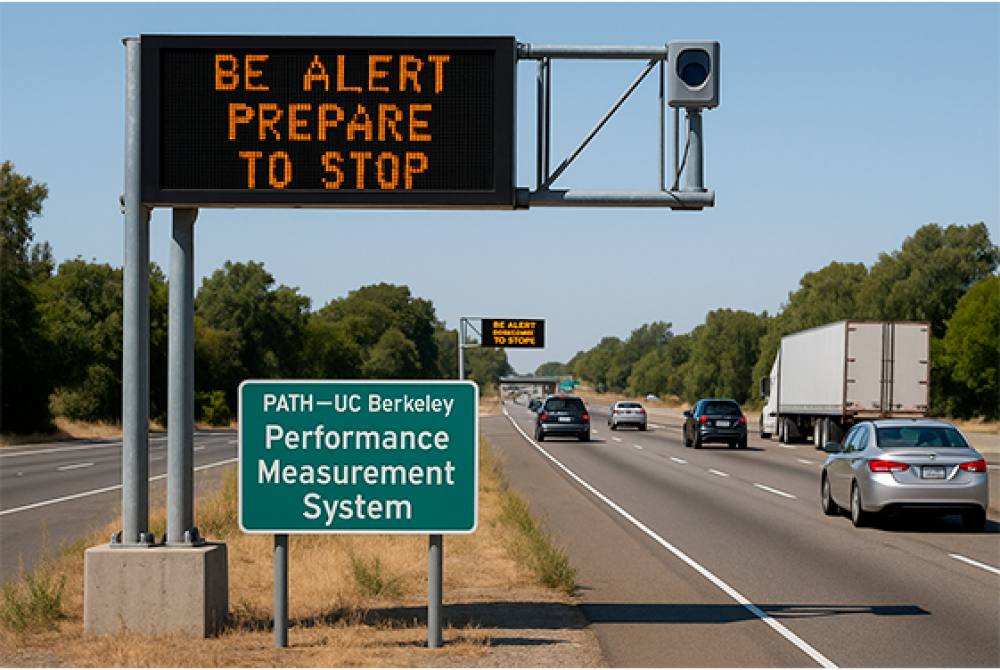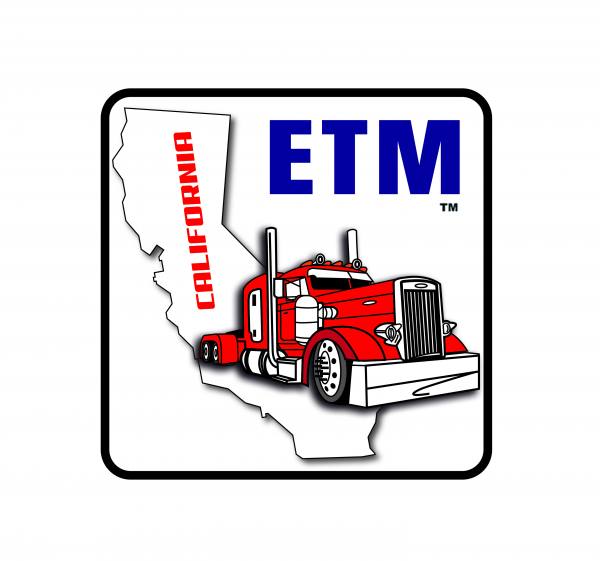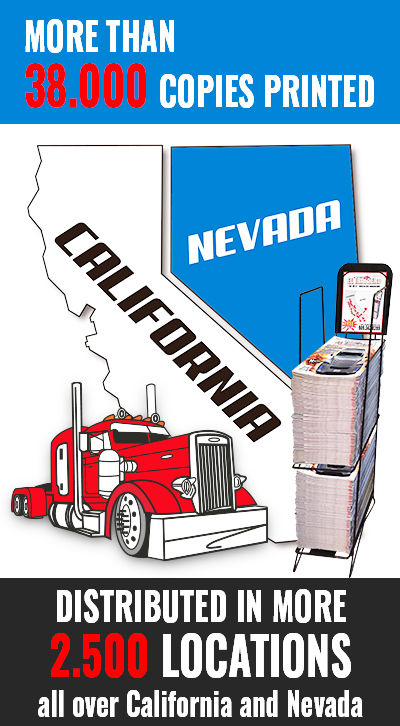 |
|
 |
Get our FREE |


In a state like California, where millions of vehicles crowd the highways every day, traffic management is not just a convenience—it´s a necessity. To meet this challenge, the California Department of Transportation (Caltrans) implemented the Performance Measurement System (PeMS) in July 2002, a tech-driven platform that has transformed how road traffic is monitored and managed.
Developed in collaboration with the PATH program at the University of California, Berkeley, PeMS acts as the digital brain behind traffic flow, monitoring data in real time from more than 40,000 sensors installed across the state´s highways and roads. These sensors collect information on speed, vehicle flow, and lane occupancy, enabling detailed analysis of traffic behavior.
PeMS stands out for its ability to analyze both real-time and historical data, allowing authorities to make smarter, faster decisions. For example, when unusual congestion is detected, the system can trigger digital sign alerts, adjust traffic lights automatically, or recommend alternate routes.
Beyond easing traffic, PeMS plays a key role in reducing accidents and air pollution. By minimizing bottlenecks, the system helps maintain a smoother flow of vehicles, which in turn cuts down on emissions and enhances road safety. It has also proven invaluable for evaluating public infrastructure projects and justifying investments in road improvement.
A notable feature of PeMS is its public accessibility. Urban planners, researchers, and everyday citizens can access the data to study traffic patterns, suggest improvements, or contribute to sustainable mobility policy design.
In major cities like Los Angeles and San Francisco, PeMS is further enhanced by smart cameras and synchronized traffic light systems. These tools are part of a broader vision of intelligent infrastructure, where data becomes a tool for prevention, optimization, and public safety.
Conclusion:
PeMS is a powerful example of how data-driven technology can transform everyday transportation. Thanks to this system, California doesn´t just monitor its traffic—it understands it, anticipates it, and improves it. It´s a model worth replicating for any region striving for safer, more efficient, and sustainable roads.
Since June, the FMCSA has required medical examiners to electronically submit commercial drivers’ physical exam re...
read more...In August, the U.S. trucking industry faced an unexpected setback: Secretary of State Marco Rubio announced the temporar...
read more...For truckers and small transportation business owners, choosing the right legal structure is not just paperwork—it...
read more...After the intensive Brake Safety Week in August, California’s compliance and highway safety calendar for the truck...
read more...

